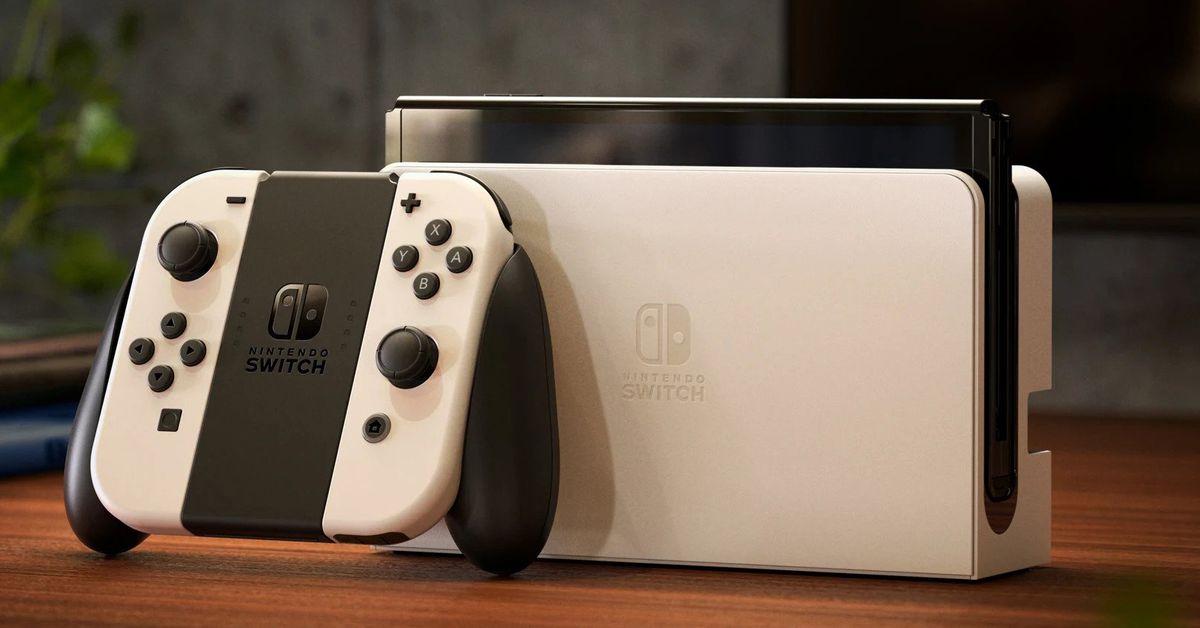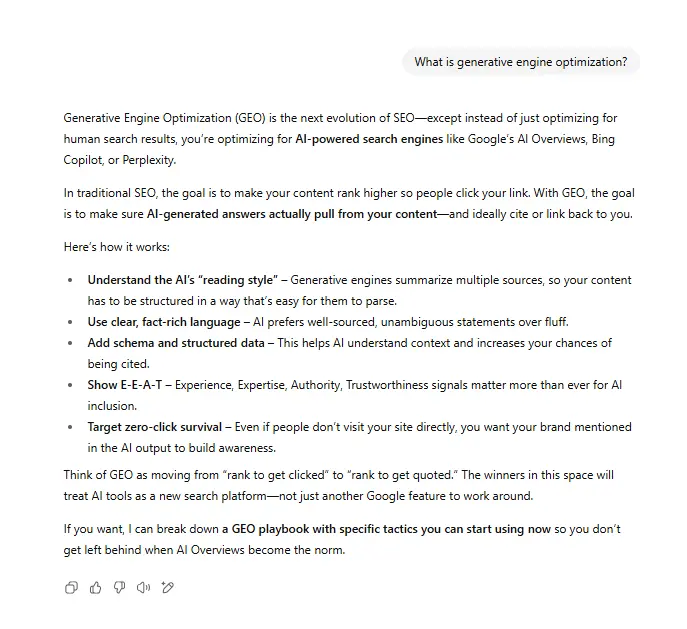Samsung Galaxy Tab S8 and S8 Plus review: welcome to the S ecosystem
The tablet for Samsung phone owners Continue reading…

If you buy something from a Verge link, Vox Media may earn a commission. See our ethics statement.
If you’ve been looking for a tablet to complement your Android phone, for many years, your choices have been few and far between. In fact, the Android tablet market has provided so few compelling options that even many Android enthusiasts would recommend that you just buy an iPad if you want a tablet.
The problem with buying an iPad if you own an Android phone is that you miss out on a lot of the system integrations that come with using an iPhone and an iPad together. Apps that you own on your phone need to be repurchased on the tablet, you don’t get system-level things like the ability to hotspot your phone from the tablet, and the two devices never feel as connected or coherent as if they both ran the same platform.
That’s where Samsung’s latest Tab S8 and S8 Plus have an opportunity, at least if you own Samsung’s flavor of Android. (Samsung also has a third tablet in the Tab S8 line, the Ultra, that’s larger and more expensive — I’ve reviewed it separately here.) Though they look and function very similarly to Samsung’s prior tablet efforts — and still have much of the same baggage — Samsung has made progress developing integrations and an ecosystem of its own between its devices that may be enough of a reason to choose a Samsung tablet over an iPad if you also happen to carry a Samsung phone and use Samsung wireless earbuds.
That isn’t to say Samsung has come as far as Apple in those integrations, nor is it to say that the traditional Android tablet gripes — namely, a much smaller pool of optimized apps — don’t apply here. The Tab S8 and S8 Plus are also expensive tablets, starting at $699.99 and $899.99, respectively, before you add any accessories like a case or keyboard. But they do provide us a glimpse of an Android-first ecosystem that hasn’t really existed before.
:no_upscale()/cdn.vox-cdn.com/uploads/chorus_asset/file/23297827/dseifert_220305_5067_0004.jpg) The Tab S8 Plus has a 12.4-inch 120 hertz OLED display with punchy colors and deep blacks.
The Tab S8 Plus has a 12.4-inch 120 hertz OLED display with punchy colors and deep blacks.
The hardware differences between 2020’s Tab S7 / S7 Plus and this year’s Tab S8 versions are such:
New Qualcomm Snapdragon 8 Gen 1 processor Wi-Fi 6E support Higher resolution front camera Improved lens on the back camera Lower latency on the S PenThe standard Tab S8 is only available in Wi-Fi configurations; the Tab S8 Plus can be purchased with 5G cellular connectivity. It’s odd that this isn’t uniform across the line.
Visually, the new tablets are identical to the prior models. They come with the same 11-inch 120Hz LCD or 12.4-inch 120Hz OLED screens and have the same Dolby Atmos quad speakers. Just like before, the hardware is impressive, and either tablet provides an excellent video watching experience. Performance is also very good, with smooth responsiveness, quick app loading, and no “jelly scrolling” issues to be found. These are priced like premium tablets, and they feel like it, which is a good thing.
Between the two, I prefer the smaller Tab S8, which is easier to hold in one hand and more comfortable for the kinds of tasks I do on a tablet, such as reading books or news articles. If you want the better tablet for watching movies, the S8 Plus’ OLED screen has the edge, though it doesn’t quite have the same punch and brightness as Apple’s 12.9-inch iPad Pro.
Both models also have 16:10 aspect ratio screens, which is better suited for larger-screen laptops than tablets. It makes them feel cramped when browsing websites in landscape and awkwardly tall when held in portrait orientation.
The Tab S8 has the same fingerprint scanner built into its sleep / wake button as the Tab S7; similarly, the Tab S8 Plus has the same under-screen fingerprint scanner as the Tab S7 Plus. Both worked fine in my testing, though neither are as fluid or quick to use as facial recognition logins. (You can enable face login on either tablet, but it’s not as secure as the fingerprint scanners or Apple’s Face ID.) Neither tablet has a 3.5mm headphone jack and relies on just one USB-C port for all of its I/O.
:no_upscale()/cdn.vox-cdn.com/uploads/chorus_asset/file/23297834/dseifert_220305_5067_0011.jpg) One of the hardware differences between the two models is their biometric system; the Tab S8 Plus has an under-screen fingerprint scanner, while the Tab S8 has a fingerprint scanner embedded in its sleep / wake key, seen here.
One of the hardware differences between the two models is their biometric system; the Tab S8 Plus has an under-screen fingerprint scanner, while the Tab S8 has a fingerprint scanner embedded in its sleep / wake key, seen here.
Either model can be had with a respectable 128GB or 256GB of built-in storage. And unlike an iPad, the Tab S8 line supports microSD card storage expansion (up to 1TB), so you can add more to it after the fact.
Both come with Samsung’s S Pen stylus in the box, which has been improved to be slightly more responsive this year. I like the S Pen a lot, particularly for taking handwritten notes on the screen. It has a softer tip compared to the Apple Pencil, which reduces the slipperiness when writing on glass and means I don’t need to put a special screen protector on the Tab S8 like I usually do with an iPad. And it’s doubly great that it doesn’t cost an additional $129 on top of the cost of the tablet. I’m not an artist by any means, so if you’re looking for that perspective, I suggest checking out Brad Colbow’s videos on YouTube about the S8 line, but for taking handwritten notes, marking up screenshots, or just navigating the tablet’s software throughout the day, the S Pen is great.
The S Pen magnetically attaches to a strip on the back of the tablet for charging and storage (though it will only charge if it’s facing a specific orientation — weird). The pen will work as an input device without any charge — charging it up allows you to connect it to the tablet via Bluetooth and use extra functions like air gesture controls that I’ve never really gotten the hang of. The magnets on the back of the tablet holding the S Pen in place aren’t especially strong, and since the pen sticks out off the back, it’s easy to knock it off in your bag. Some of Samsung’s cases magnetically attach to the back of the tablets and provide a cover over the S Pen, which keeps it in place much better, but such a case will cost between $70 and $80.
:no_upscale()/cdn.vox-cdn.com/uploads/chorus_asset/file/23297837/dseifert_220305_5067_0014.jpg) Keyboard cases are available with or without trackpads. The Tab S8’s Book Cover Keyboard (pictured) lacks a function row for common system controls.
Keyboard cases are available with or without trackpads. The Tab S8’s Book Cover Keyboard (pictured) lacks a function row for common system controls.
Speaking of cases, the Tab S8 and S8 Plus are compatible with the same options as the Tab S7. I was able to test out the awkwardly named $139.99 / $159.99 Book Cover Keyboard Slim for both sizes, which pairs a folio design with a trackpad-less keyboard. The keyboard works fine — there’s no Bluetooth pairing headaches or charging necessary thanks to pogo pins that let it communicate with the tablet — but I missed having a trackpad available. It also only provides one angle of view, which is limiting, and the rear cover has a hole for the S Pen to pass through instead of the cover to keep it in place. If you want to spend more money, you can fix all three of those problems with the $199.99 / $229.99 Book Cover Keyboard, which is unchanged from when I tested it with the Tab S7 models, and comes with its own set of limitations (namely, it’s very awkward to use on a lap).
Frustratingly, neither the $700-plus Tab S8 nor the $900-plus Tab S8 Plus comes with a charging brick in the box, even though they support up to 45-watt fast charging. Though this has become common among high-end phones, these are the first tablets I’ve seen that do not come with a charger in the box.
:no_upscale()/cdn.vox-cdn.com/uploads/chorus_asset/file/23297835/dseifert_220305_5067_0012.jpg) The Tab S8’s smaller size makes it more suited for tablet-style tasks, such as reading ebooks.
The Tab S8’s smaller size makes it more suited for tablet-style tasks, such as reading ebooks.
With so much of the hardware being carried over from the last generation, the biggest advancements can be seen in the software.
Samsung can’t really fix the perennial Android problem of poorly optimized apps that either don’t format well to larger screens, don’t support keyboard shortcuts, or don’t work well with Samsung’s desktop-style Dex software mode. So Samsung has spent its time on optimizing its own apps and making the Tab S8 and S8 Plus play nicely with Samsung phones.
Many of the things that Samsung has developed will be familiar to owners of iPhones and iPads. I was able to remotely turn on my Galaxy Z Fold 3’s mobile hotspot feature from the settings menu of the Tab S8; the Galaxy Buds Pro I had in my ears switched between the Tab S8 and my Fold 3 automatically depending on which device was playing audio. Samsung even has a take on Apple’s Handoff feature to let you continue using an app on another device, though it’s currently limited to just Samsung’s browser and notes apps and doesn’t work with any third-party apps.
If you have a Windows PC, you can use the Tab S8 models as external displays, just like Apple’s Sidecar feature. You can even use the keyboard case with multiple devices, though switching between them involves Bluetooth pairing and isn’t nearly as seamless as Apple’s new Universal Control feature.
Samsung’s own apps, such as Internet, its browser, have been optimized to work well on the larger screens. You can synchronize tabs and history between your phone and tablet easily, and the browser does a good job loading and working with desktop websites on the tablet. Since so few of the Android apps I use regularly have been optimized to work well on a tablet screen, I ended up spending a lot of time in the browser, especially when I had the keyboard case attached.
Other stock apps, such as Samsung’s Calendar, work well on the large display, as do some of Microsoft’s apps, such as Outlook and Office (both of which come pre-installed). Google’s apps tend to be more hit or miss, and productivity apps I rely on, such as Slack and Asana, are just awful stretched-out versions of their phone apps and don’t take advantage of the larger screen at all. Obviously, your experience will vary depending on which apps you plan to use, but it’s safe to say that Android still has a long way to go compared to Apple’s tablet app ecosystem.
:no_upscale()/cdn.vox-cdn.com/uploads/chorus_asset/file/23297838/dseifert_220305_5067_0015.jpg) The Tab S8 models can use Android’s standard split-screen multitasking or switch to Samsung’s windowed DeX mode.
The Tab S8 models can use Android’s standard split-screen multitasking or switch to Samsung’s windowed DeX mode.
Samsung has its own take on multitasking that it’s built on top of Android’s native ability to run two apps side by side in a split-screen mode. On the Tab models, you can split the screen three ways, plus add a floating app on top to view four apps at the same time. It can be a little confusing and cumbersome to use, but no less than the iPad’s strange approach to multitasking.
Beyond that, Samsung also has its DeX mode, which provides a desktop-like environment to run windowed Android apps in. It’s meant to bridge the gap between a mobile operating system like Android and a more traditional desktop one like Windows. Though DeX has its fans (hi, yes, I see you in the comments), I’ve never been able to get along well with it, and that hasn’t changed on the Tab S8.
Though Samsung’s apps work fine in DeX, many Android apps don’t know what to do when they are forced into a windowed mode, with small text, odd layouts, and sometimes they can’t even launch. There are other weird limitations, too, like the inability to use the mouse pointer to select text in the browser or an app — an action I do many times per day as an editor. DeX remains an option to use in a pinch, but it’s not something I would want to work in for long periods of time.
Android does bring some advantages depending on your use case and needs. If you’re into streaming games or running gaming emulators, it’s much easier to do so on Android than it is on an iPad. You can pair a controller to either Tab S8 model and have a competent portable gaming rig that comes with an excellent screen and very good speakers.
On the flip side, Samsung and Android are still behind when it comes to other services that can take advantage of the larger screen. On an iPad, I use Apple News with a News Plus subscription to read a wide variety of paywalled magazines and newspapers for a simple monthly fee — there’s just nothing comparable that I’ve been able to find for Android. Fortunately, the Tab S8 / S8 Plus have access to all of the popular streaming services, including Netflix, HBO Max, Disney Plus, Hulu, and more. The big one missing is Apple TV Plus (you can watch it in the browser, but that’s a sub-par experience to a dedicated app).
:no_upscale()/cdn.vox-cdn.com/uploads/chorus_asset/file/23297831/dseifert_220305_5067_0008.jpg) The Tab S8 models have a premium build to match their premium price tags.
The Tab S8 models have a premium build to match their premium price tags.
After years of not seeing a great reason to buy an Android tablet, I have to admit that Samsung has presented a compelling pitch this time around — provided you are already in the Samsung Android ecosystem. The Tab S8 and S8 Plus integrate well enough with other Samsung products, they are excellent hardware on their own merits, and if you have specific use cases that are poorly served by Apple’s strict control over iOS, these tablets might just be what you’re looking for.
Samsung still has some work to do fleshing out its ecosystem, and hopefully, Google’s renewed interest in Android tablets will produce better third-party app support (I’m not holding my breath there, though). And it’s a bummer that if you have a Pixel or other Android phone, you can’t really take advantage of a lot of the integrations Samsung has developed.
But I think the biggest hurdle with the Tab S8 and S8 Plus as they are is their pricing. These are premium tablets with big price tags — especially once you start to add accessories to them. Samsung will likely release some more attractively priced tablets to replace some of its older models, and it has been good about delivering software updates to bring some of these new features to existing devices, though the a company spokesperson declined to comment on future updates when I asked..
For now, though, if you want a good Android tablet experience and you aren’t interested in living the dual-platform life, the Tab S8 or S8 Plus is about as good as it gets.

 Astrong
Astrong 






























